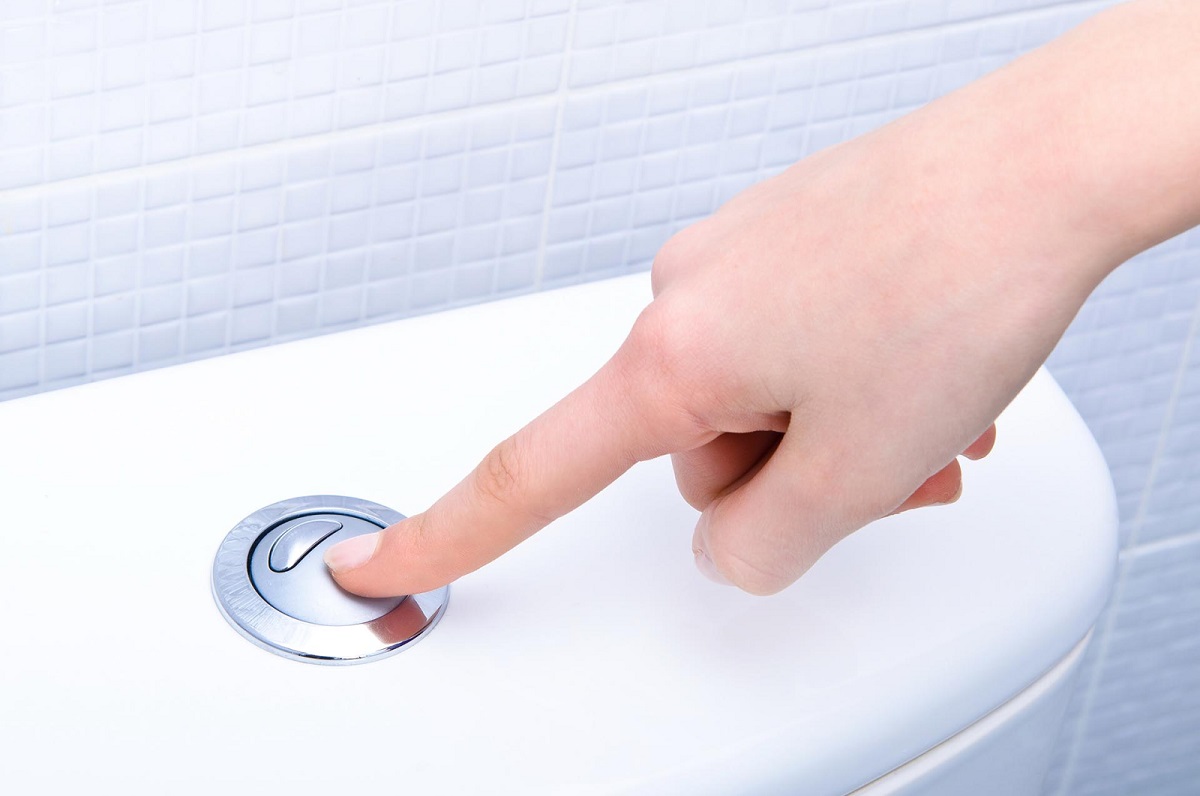

Articles
Why Does My Toilet Whistle After Flushing
Modified: May 6, 2024
Article discussing the reasons behind a whistling sound from toilets after flushing. Learn how to troubleshoot and fix this common plumbing issue.
(Many of the links in this article redirect to a specific reviewed product. Your purchase of these products through affiliate links helps to generate commission for Storables.com, at no extra cost. Learn more)
Introduction
Have you ever experienced a high-pitched whistling sound coming from your toilet after you flush? If so, you’re not alone. This phenomenon, commonly referred to as toilet whistling, can be quite perplexing for homeowners. Not only is the noise annoying, but it can also indicate underlying issues with your plumbing system that require attention.
In this article, we will explore why toilets whistle after flushing and how you can troubleshoot and fix this problem. We will also provide tips on preventing toilet whistling and maintaining your toilet to prevent future issues.
So, let’s dive in and uncover the causes of toilet whistling and the ways to address this annoying problem.
Key Takeaways:
- Troubleshoot toilet whistling by adjusting water pressure, clearing blockages, and replacing faulty parts. Regular maintenance and prompt attention to water pressure changes can prevent this annoying issue.
- If toilet whistling persists, consult a professional plumber. Implement preventive measures like regular cleaning, addressing water pressure changes, and using water softeners to maintain a quiet and functional toilet.
Read more: Why Does My Air Conditioner Whistle
Causes of Toilet Whistling
Toilet whistling can be caused by a variety of factors. Here are the common culprits behind this irritating noise:
Water Pressure Issues: Fluctuations in water pressure can lead to toilet whistling. If the water pressure is too high, it can create turbulence as it enters the toilet tank, causing the whistling sound. Conversely, if the water pressure is too low, it may not provide enough force to fill the tank properly, resulting in a whistling noise.
Faulty Fill Valve: The fill valve is responsible for regulating the flow of water into the toilet tank. If the fill valve is faulty or malfunctioning, it can cause the water to flow in a turbulent manner, leading to whistling sounds. This is often accompanied by improper water filling and irregular water levels in the tank.
Debris in Water Lines: Over time, debris such as sediment, mineral deposits, or small objects can accumulate in the water lines connected to the toilet. This debris can disrupt the smooth flow of water and create vibrations, resulting in a whistling sound. It is crucial to keep the water lines clean and free from obstructions to prevent toilet whistling.
Worn Out Washers or Seals: The washers and seals inside the toilet tank and bowl play a vital role in preventing leaks and maintaining proper water flow. If these washers or seals wear out or become damaged, they can cause water to escape in unintended ways, leading to whistling noises. It is essential to regularly inspect and replace worn-out washers or seals to prevent toilet whistling.
Now that we have identified the common causes of toilet whistling, let’s move on to troubleshooting and fixing this issue in the next section.
Troubleshooting and Fixes for Toilet Whistling
If you’re tired of the annoying whistling sound coming from your toilet, here are some troubleshooting steps and fixes to help resolve the issue:
- Adjusting Water Pressure: Start by checking the water pressure in your home. If it’s too high or too low, you can adjust it at the main water supply valve. Turning the valve clockwise will decrease the pressure, while turning it counterclockwise will increase the pressure. Find the ideal water pressure that eliminates the whistling noise.
- Checking and Replacing Fill Valve: Inspect the fill valve inside the toilet tank for any signs of damage, wear, or malfunction. If you notice any issues, such as leaks or irregular water flow, it’s time to replace the fill valve. You can find replacement fill valves at your local hardware or plumbing store. Follow the manufacturer’s instructions to install the new fill valve properly.
- Clearing Water Line Blockages: If there are debris or obstructions in the water lines connected to your toilet, you’ll need to clear them out to restore proper water flow. Shut off the water supply to the toilet, disconnect the water supply line, and use a small brush or cloth to remove any debris from it. You can also flush the water lines by turning on the water supply briefly while keeping the open end of the supply line in a bucket or sink. Reconnect the supply line and check if the whistling noise has subsided.
- Repairing or Replacing Washers and Seals: Inspect the washers and seals inside the toilet tank and bowl for any signs of wear, deterioration, or damage. If you notice any issues, such as leaks or improper sealing, you’ll need to repair or replace the washers and seals. You can find replacement parts at your local hardware store. Follow the manufacturer’s instructions to properly install the new washers and seals.
If the toilet whistling persists after trying these troubleshooting steps, it may be best to consult a professional plumber who can diagnose and fix the issue.
Now that you have some solutions to tackle toilet whistling, let’s explore some prevention and maintenance tips to help keep your toilet in top shape.
Check the fill valve and the flush valve for any signs of wear or damage. Sometimes a whistling sound can be caused by a faulty valve. If you notice any issues, consider replacing them to solve the problem.
Prevention and Maintenance Tips
To prevent toilet whistling and ensure the optimal functioning of your toilet, consider implementing the following prevention and maintenance tips:
- Regular Cleaning and Maintenance: Regularly clean your toilet to prevent the buildup of mineral deposits, debris, and other potential blockages. Use a toilet brush, mild cleaning solution, and warm water to scrub the bowl, tank, and all visible parts of the toilet. This helps maintain proper water flow and prevents any obstructions that could lead to whistling sounds.
- Promptly Addressing Water Pressure Changes: If you notice sudden changes in water pressure throughout your home, address them promptly. Drastic increases or decreases in water pressure can contribute to toilet whistling. Consult a professional plumber to investigate and resolve any water pressure issues.
- Using Water Softeners if Necessary: If you have hard water in your area, consider installing a water softener. Hard water contains high levels of minerals, such as calcium and magnesium, which can lead to deposits and clogs in your toilet and plumbing system. Using a water softener can help reduce the mineral content in the water, preventing potential toilet whistling caused by mineral buildup.
By practicing regular cleaning and maintenance, promptly addressing water pressure changes, and implementing water softeners if necessary, you can minimize the chances of your toilet experiencing whistling issues.
Remember, if you’re unsure about how to troubleshoot or fix toilet whistling, it’s always best to consult a professional plumber who can provide expert guidance and assistance.
Now you have a better understanding of the causes of toilet whistling, troubleshooting steps, and preventive measures. By following these tips, you can maintain a quiet and functional toilet for years to come.
Of course, if you ever need further assistance, don’t hesitate to reach out to a plumbing professional who can help address any specific concerns or issues you may have.
Happy toilet maintenance!
Conclusion
Toilet whistling can be a frustrating and puzzling problem for homeowners, but understanding the causes and implementing the right fixes can help alleviate the issue. We explored the common causes of toilet whistling, including water pressure issues, faulty fill valves, debris in water lines, and worn-out washers or seals.
By adjusting water pressure, checking and replacing the fill valve, clearing water line blockages, and repairing or replacing washers and seals, you can troubleshoot and fix toilet whistling effectively. It’s important to address the issue promptly to prevent any further damage to your toilet or plumbing system.
In addition, we discussed some prevention and maintenance tips to keep your toilet in optimal condition. Regular cleaning and maintenance, addressing water pressure changes promptly, and using water softeners if necessary can help prevent toilet whistling and maintain a properly functioning toilet.
If your efforts to troubleshoot and fix the problem are unsuccessful, don’t hesitate to contact a professional plumber who can provide expert guidance and assistance. They have the knowledge and experience to diagnose and resolve any complex issues that may be causing your toilet to whistle.
Remember, a well-maintained toilet not only prevents annoying whistling sounds but also ensures the efficient and hygienic functioning of your bathroom plumbing. By following the tips and techniques mentioned in this article, you can enjoy a peaceful and problem-free toilet experience.
So, take control of your toilet whistling issue, implement the necessary fixes, and maintain your toilet with care. Your ears and your plumbing system will thank you!
Solved your toilet's whistling mystery and craving more handy tips for common bathroom fixes? Dive into our detailed guide on toilet repair, perfect for staying ahead in 2024. Whether you're dealing with a leaky flapper or a faulty fill valve, our upcoming article provides all the necessary steps to ensure your bathroom's plumbing runs smoothly without a hitch. Don't miss out on essential maintenance tricks that can save you from future headaches.
Frequently Asked Questions about Why Does My Toilet Whistle After Flushing
Was this page helpful?
At Storables.com, we guarantee accurate and reliable information. Our content, validated by Expert Board Contributors, is crafted following stringent Editorial Policies. We're committed to providing you with well-researched, expert-backed insights for all your informational needs.
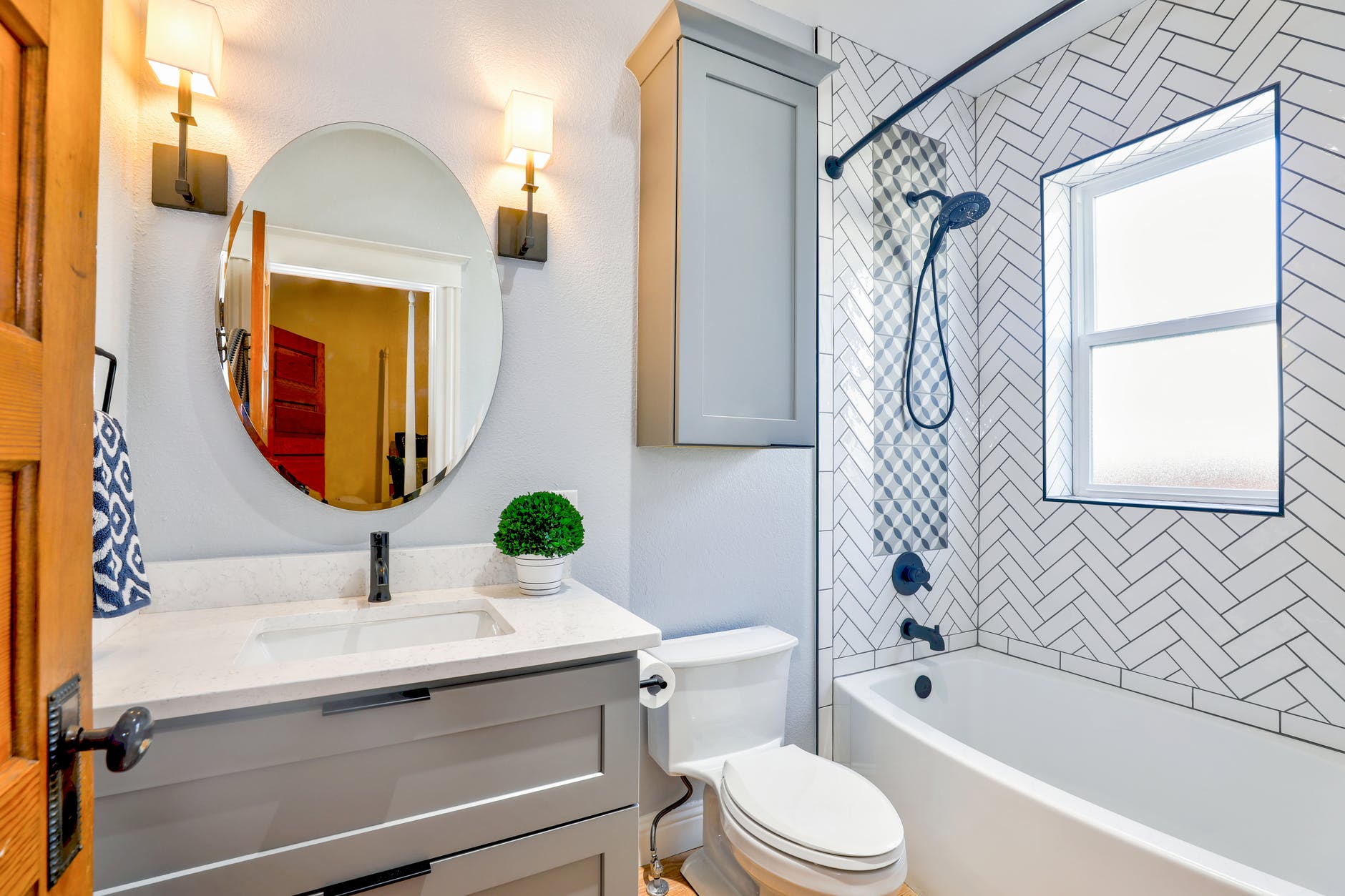
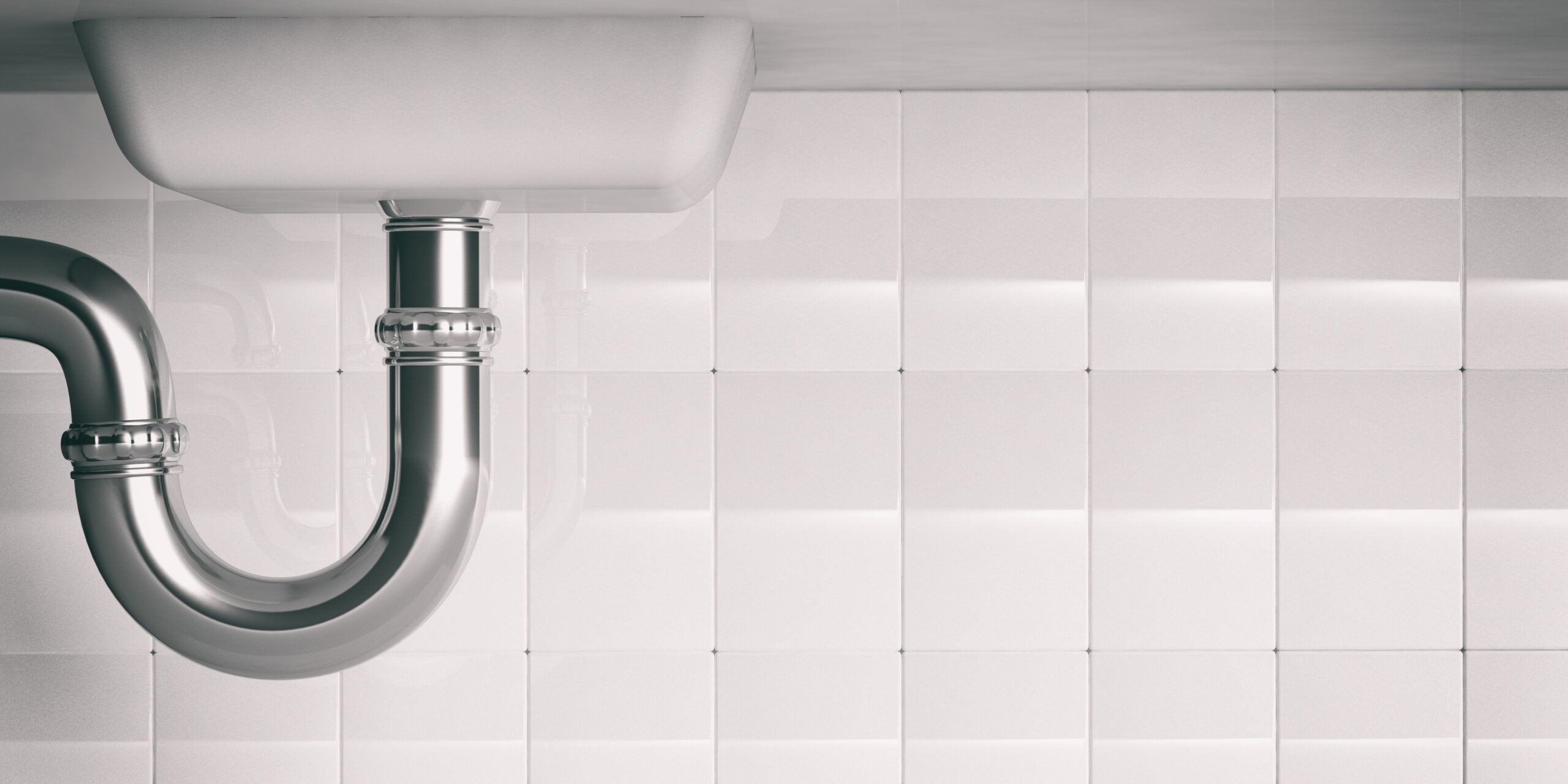
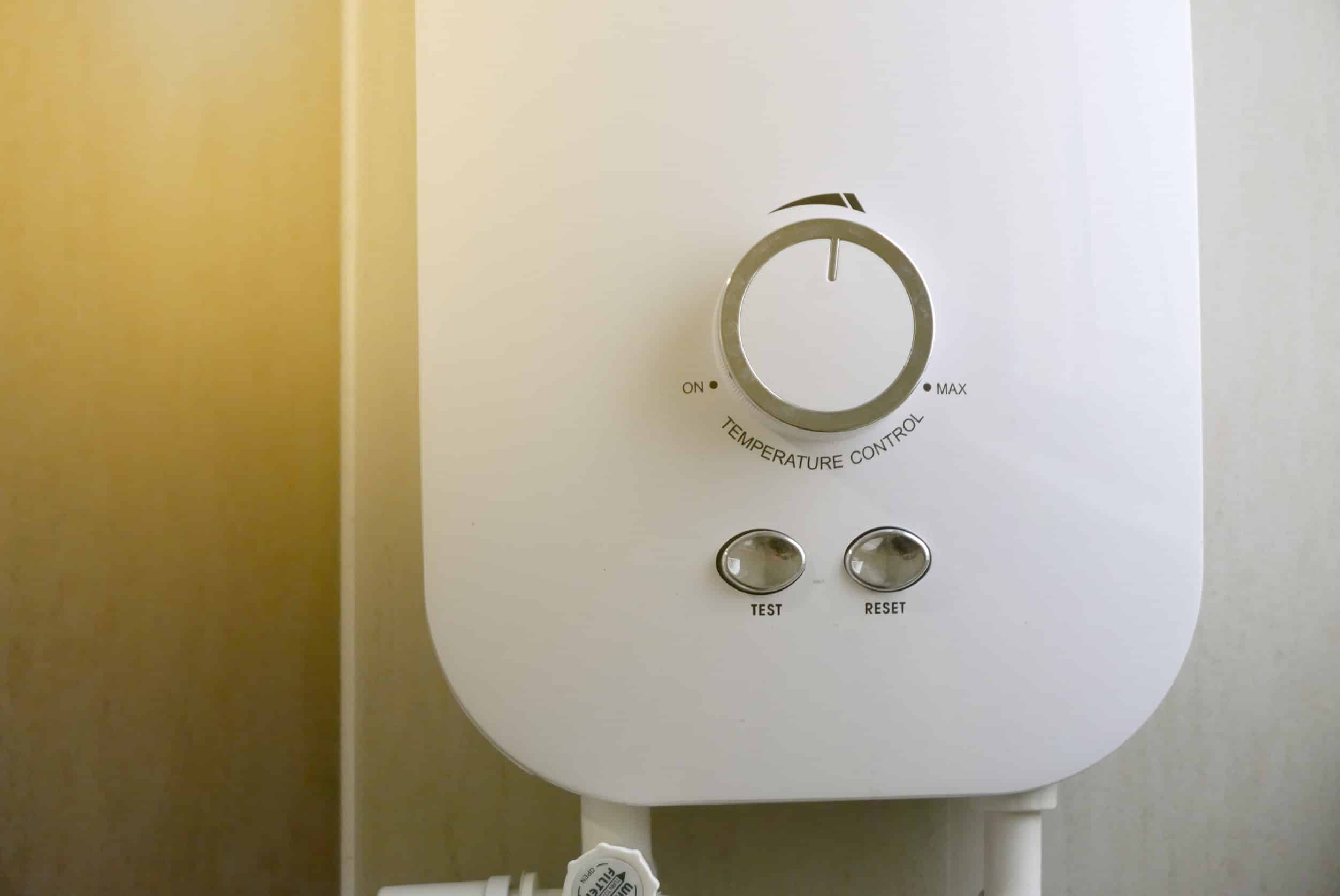

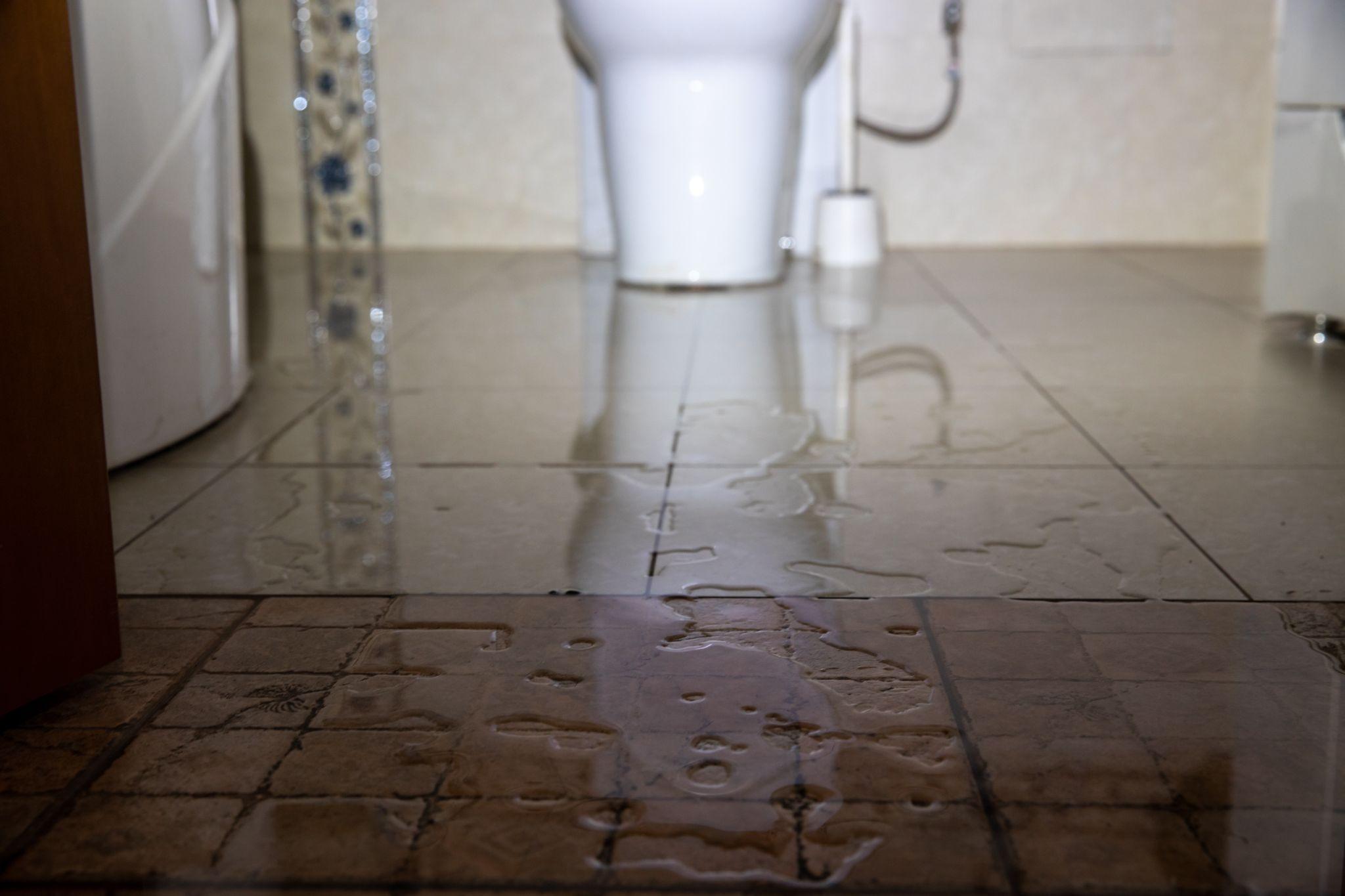
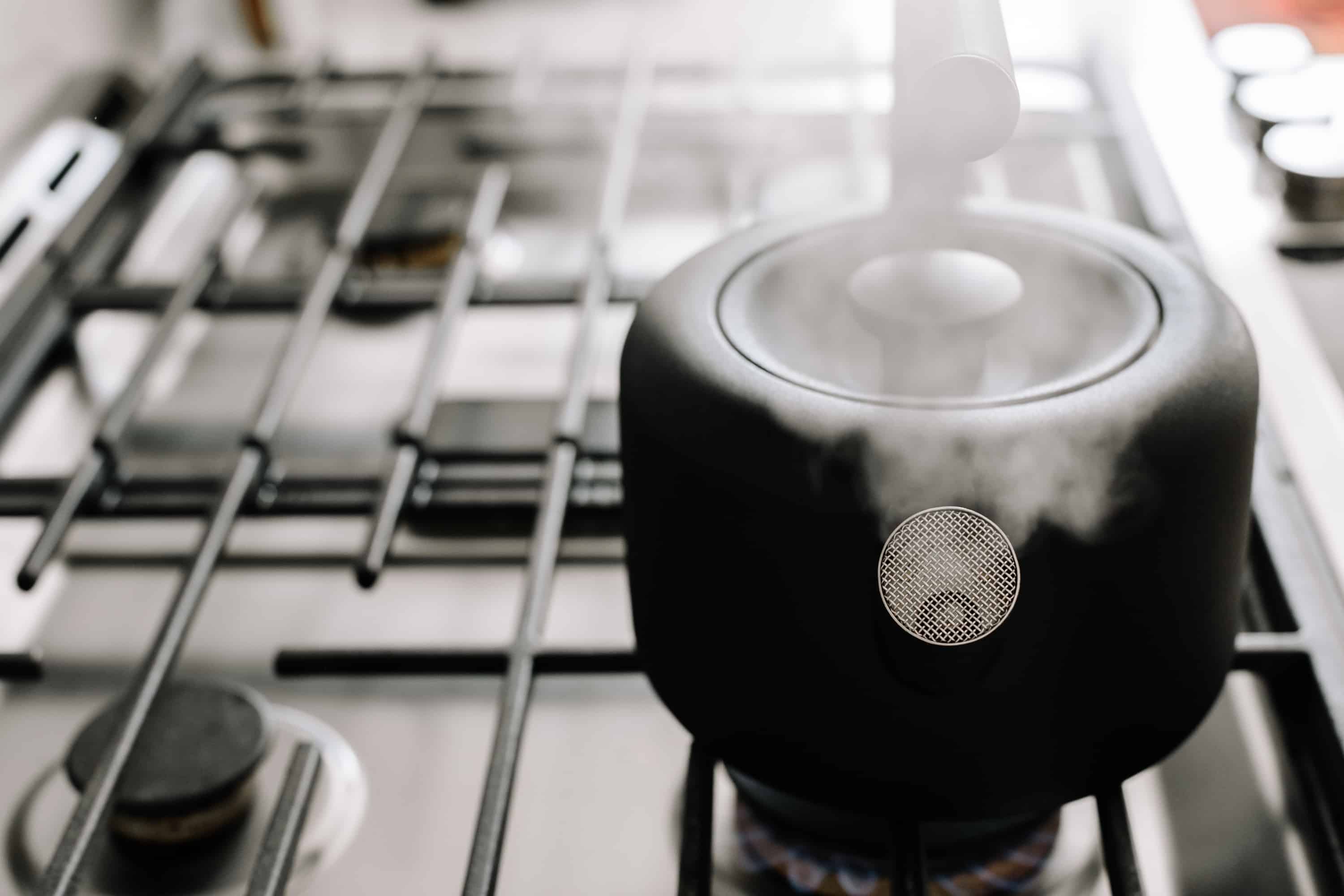
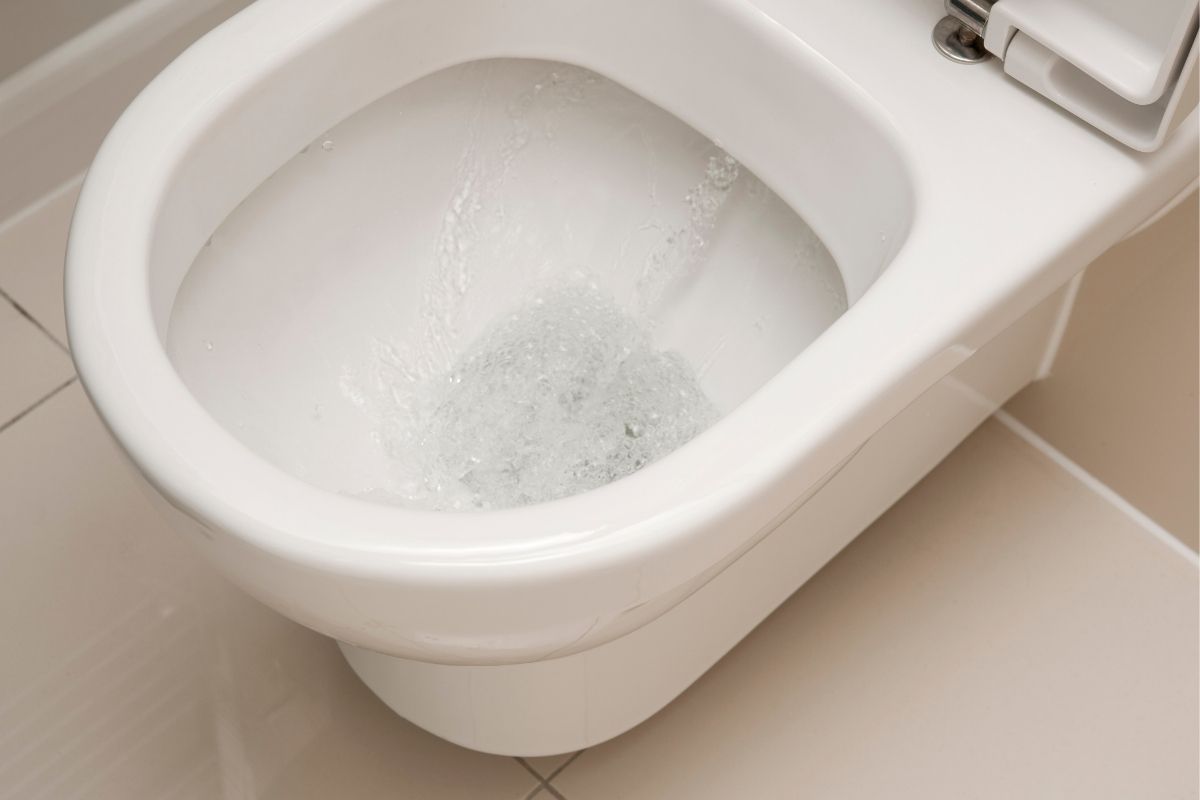
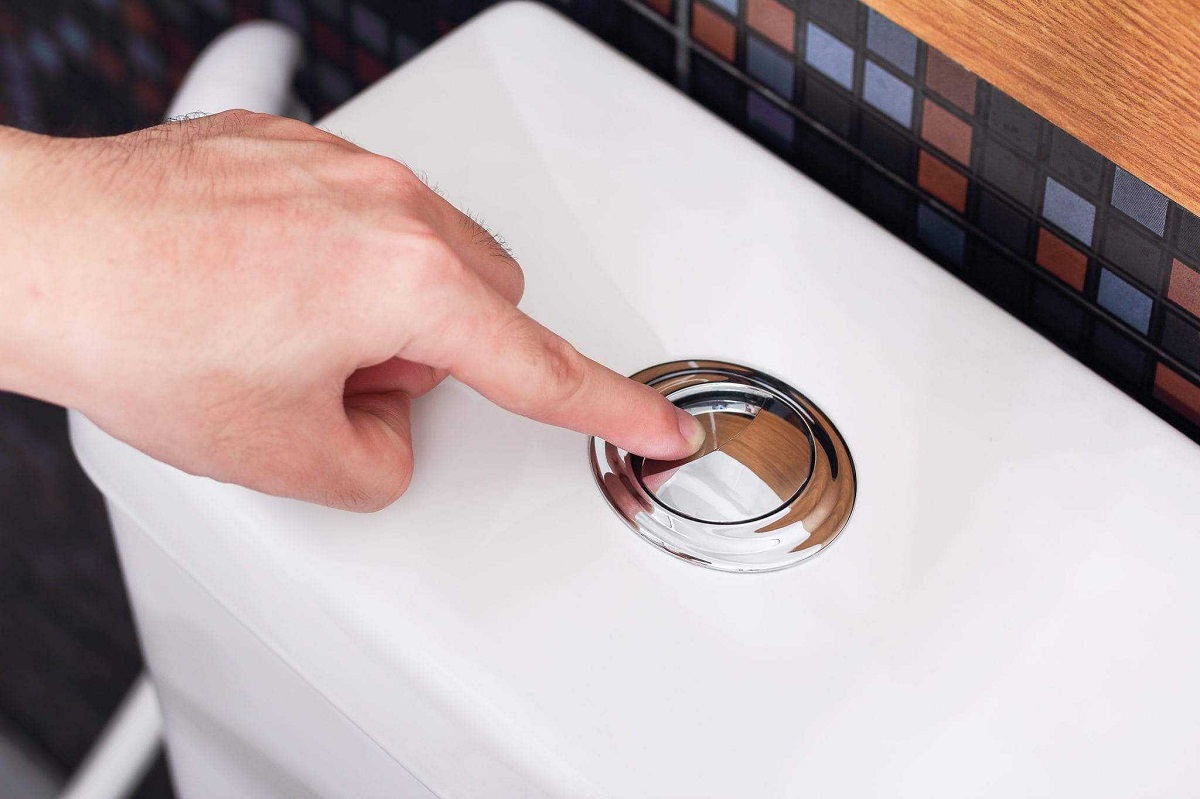
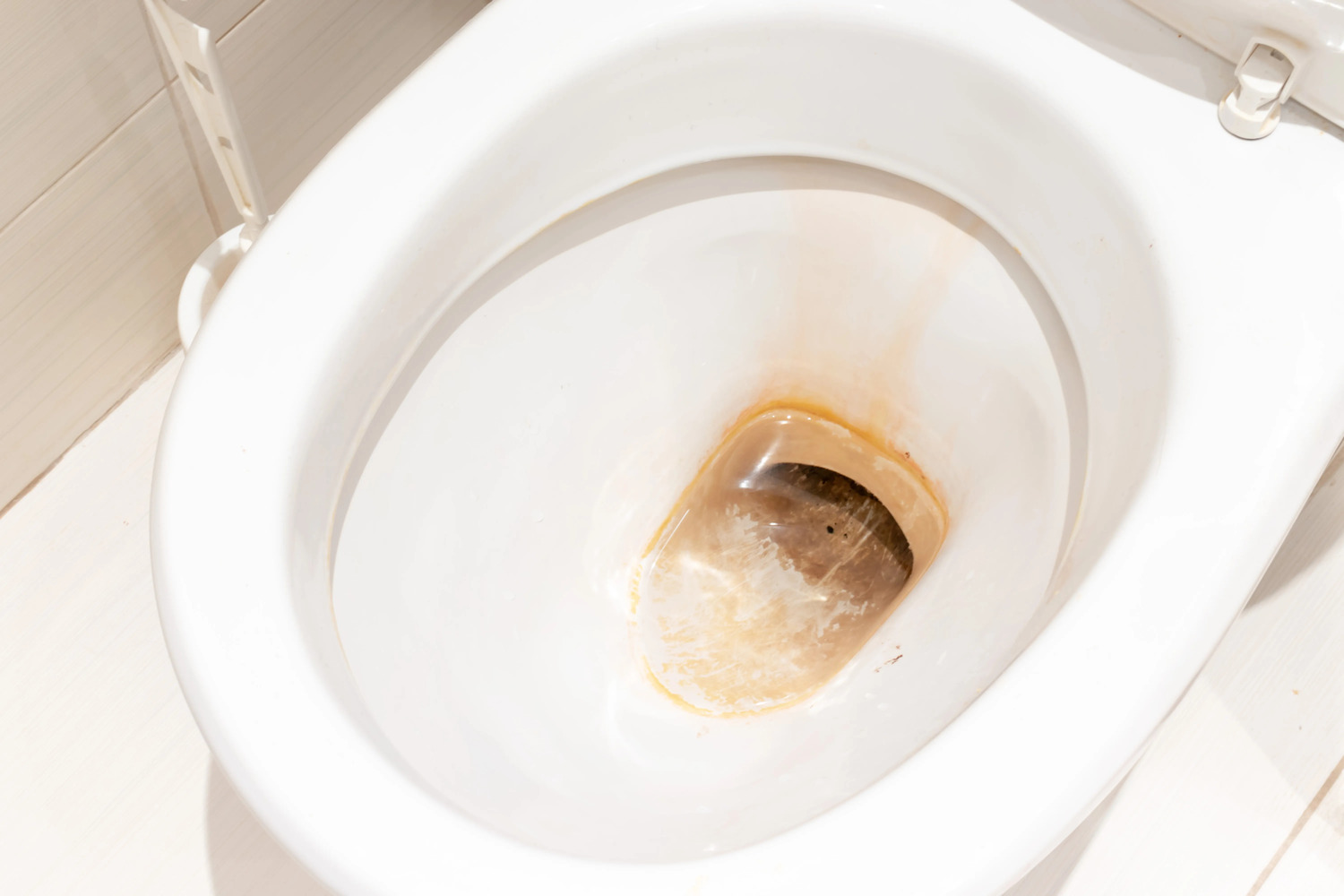
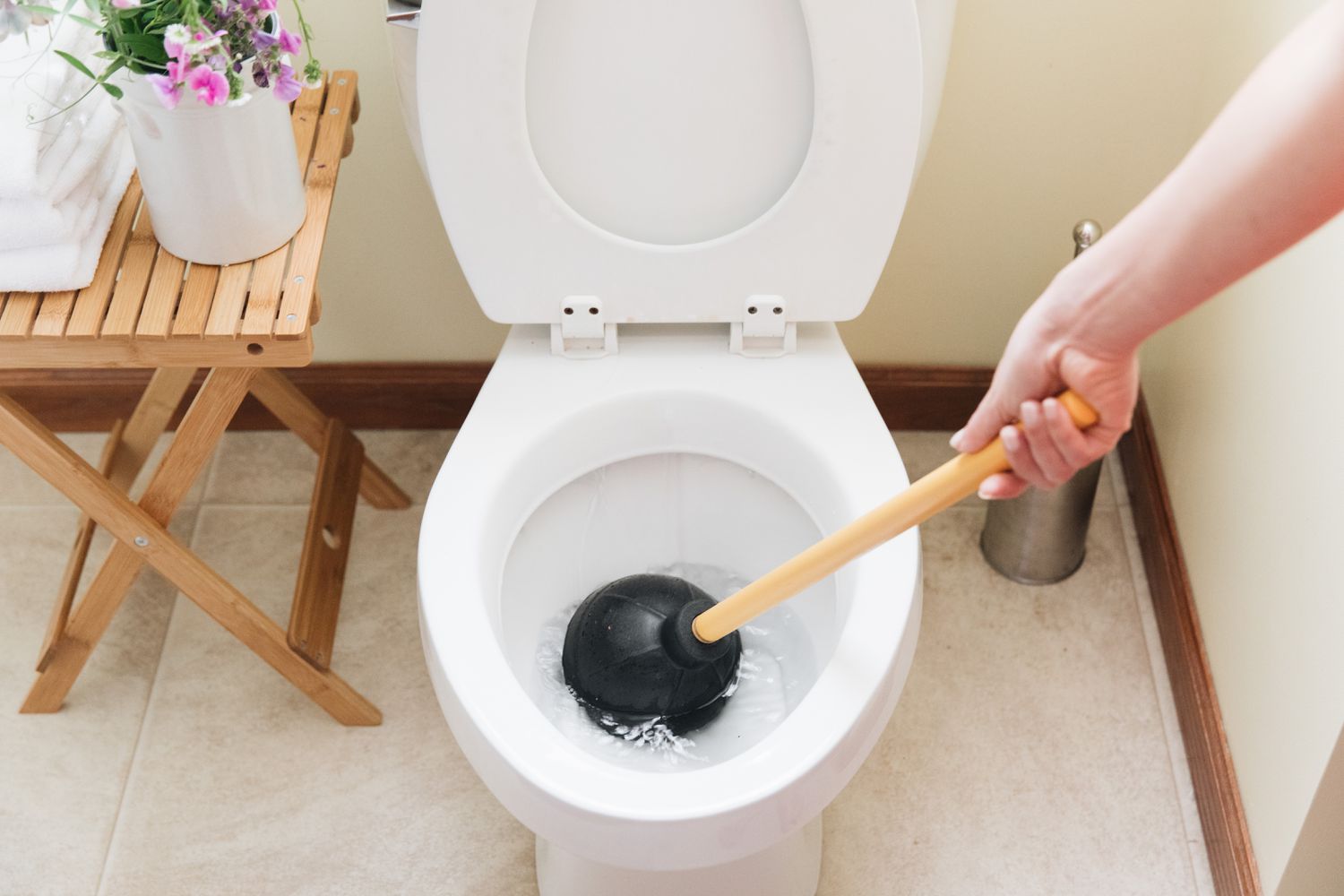
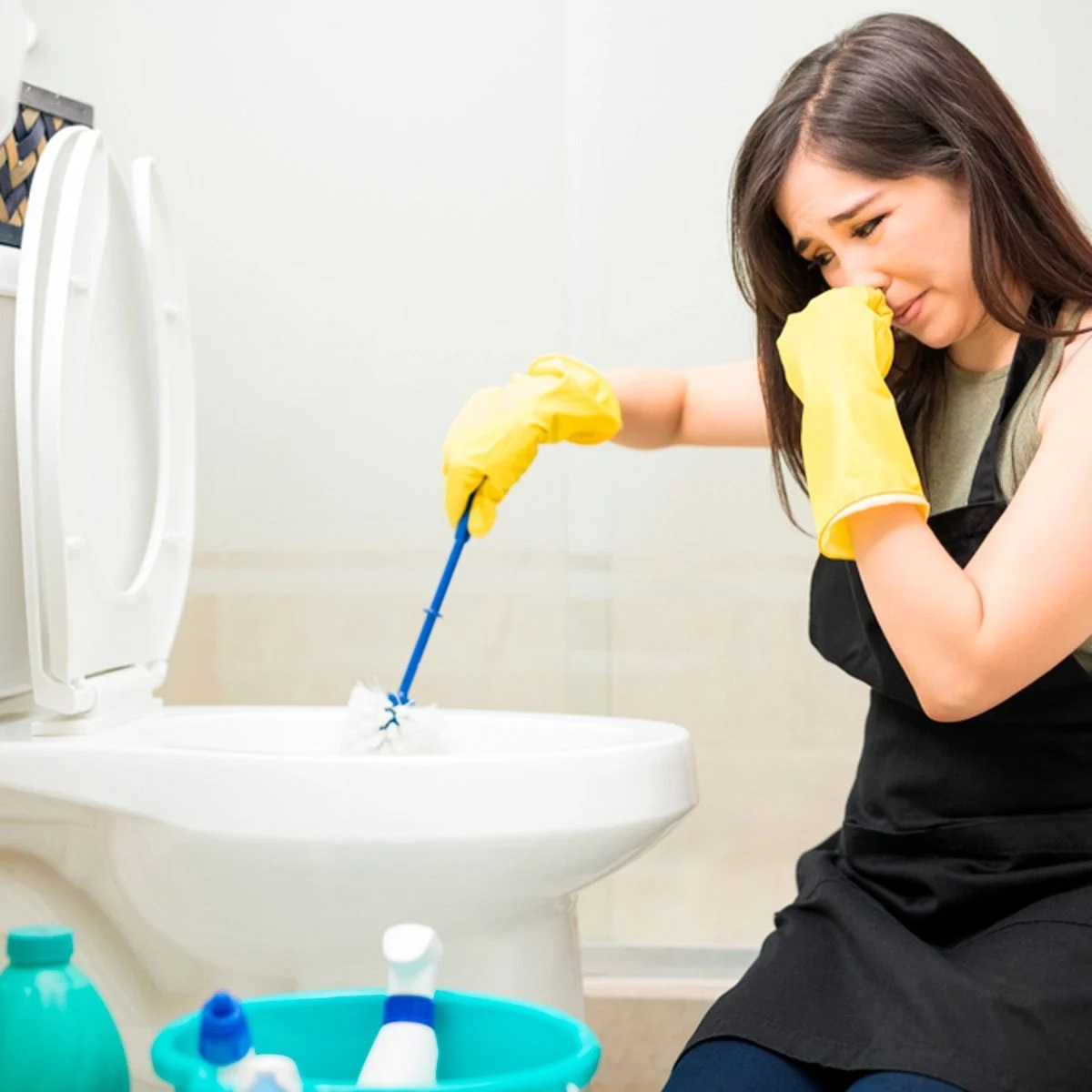
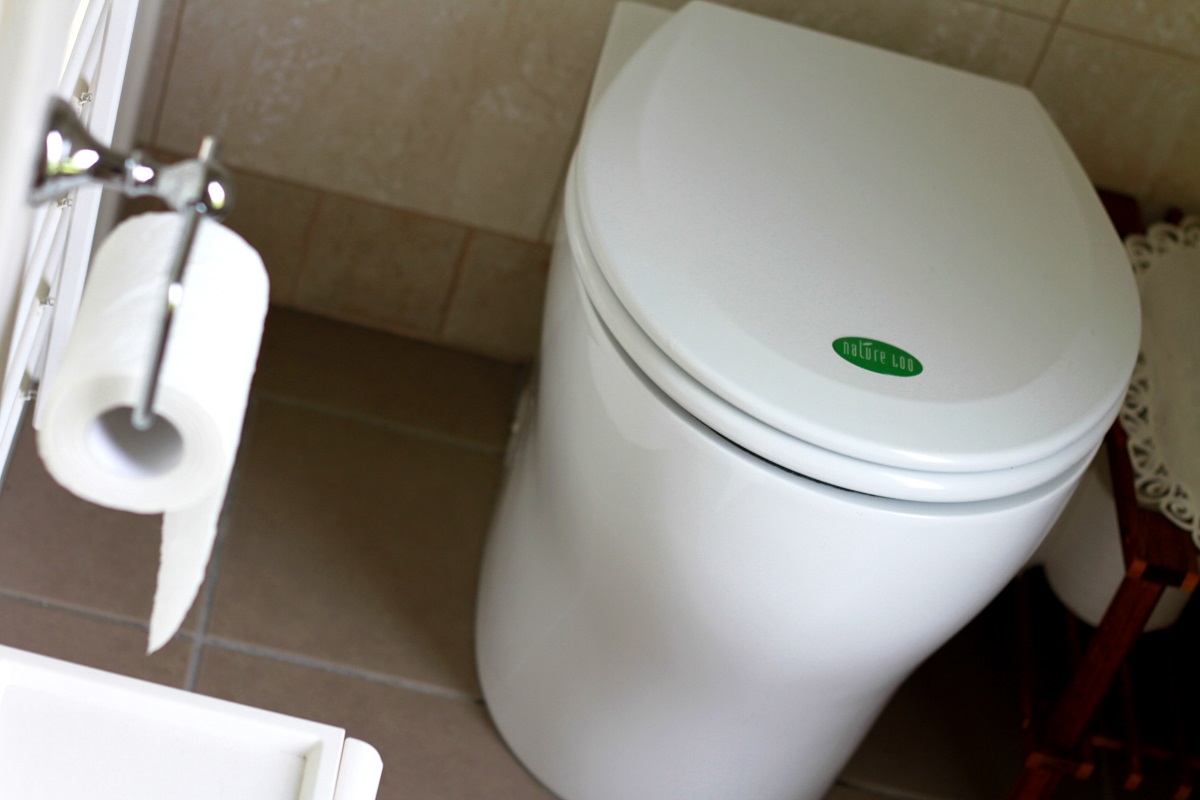
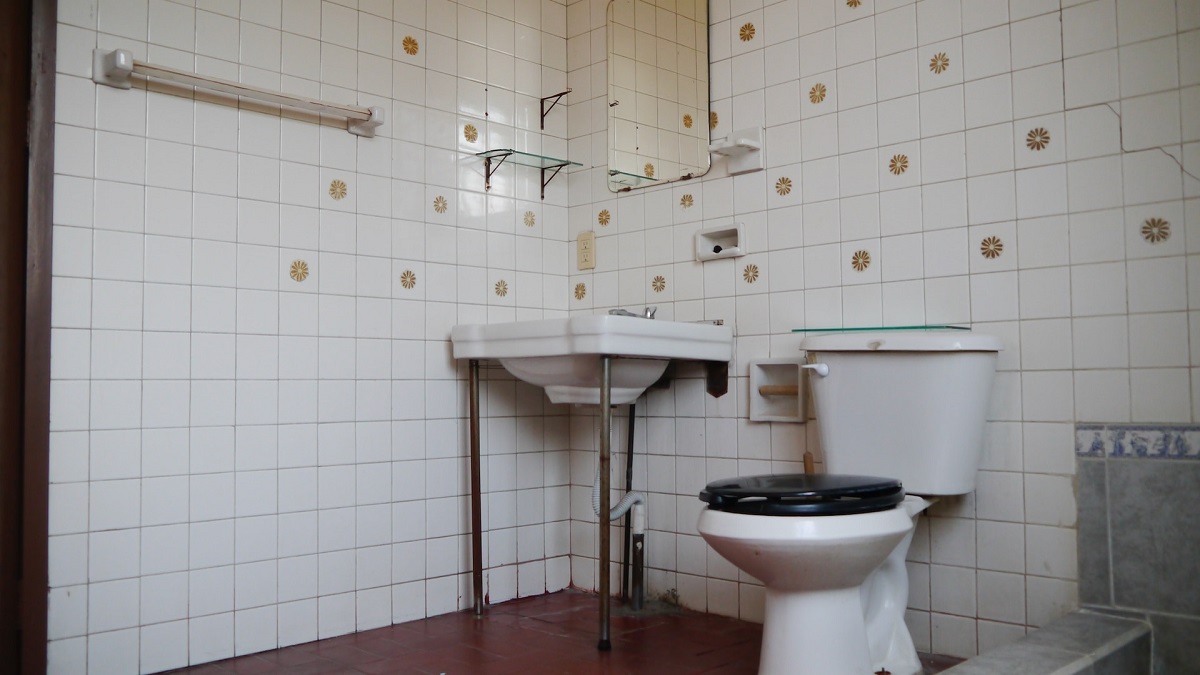
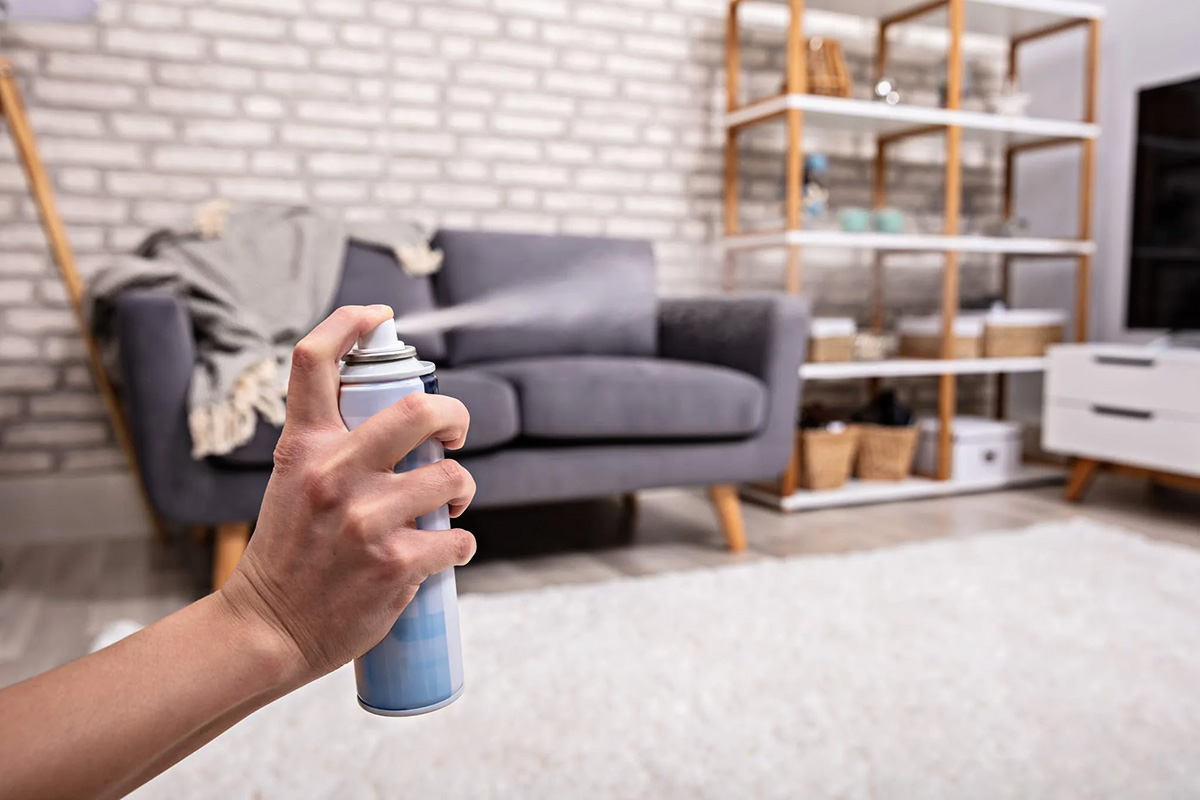
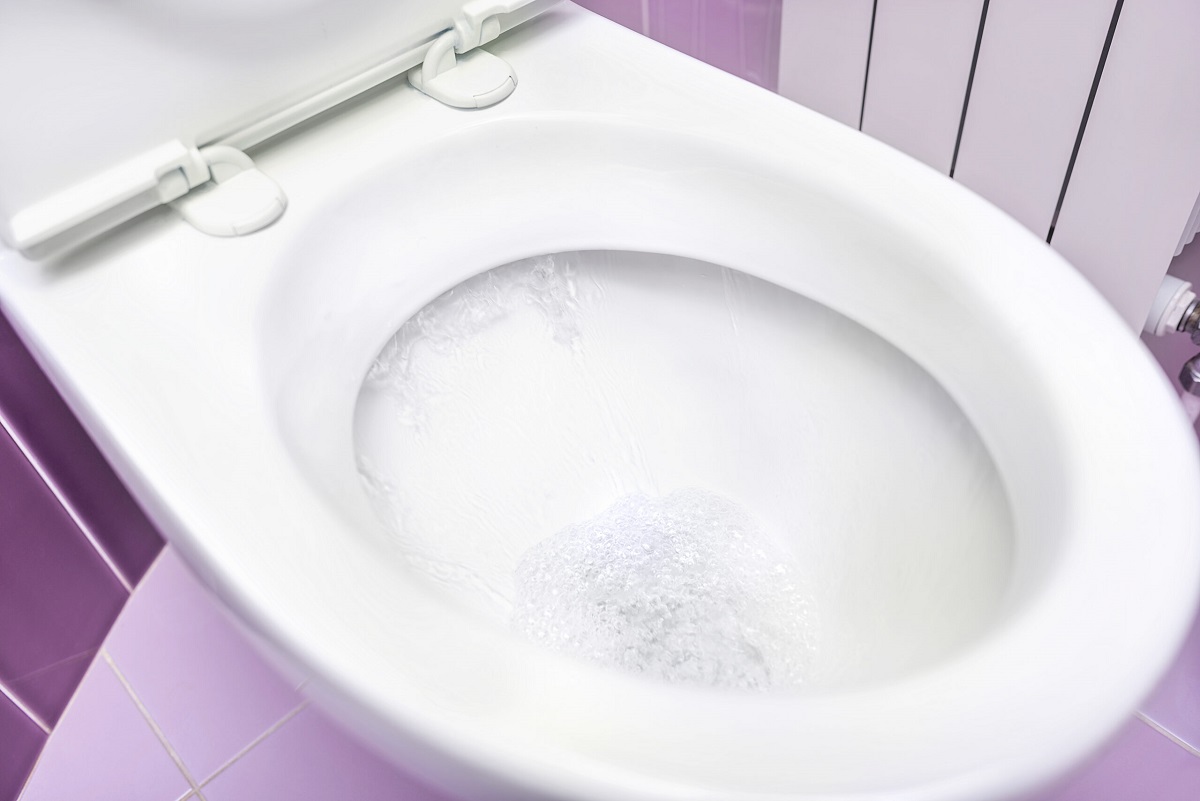

0 thoughts on “Why Does My Toilet Whistle After Flushing”